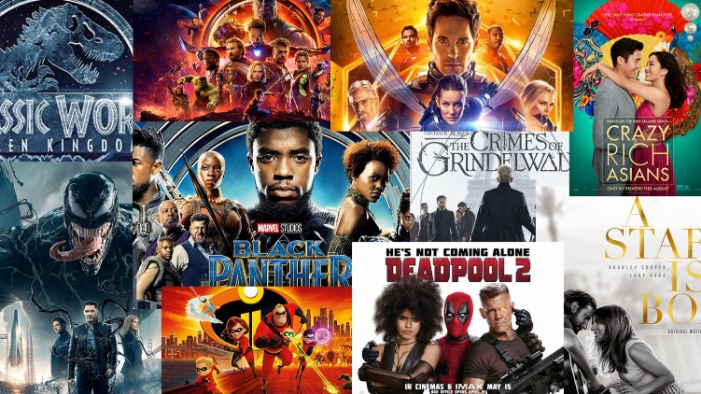Horror movies have always captivated audiences with their ability to evoke deep-seated fears and produce adrenaline-pumping thrills. This genre has been a staple in the film industry, creating spellbinding stories that leave viewers on the edge of their seats. Whether it’s the supernatural, psychological, or the downright terrifying, horror movies continue to explore the darkest regions of human imagination.
Evolution of Horror Films Over the Decades
The journey of horror movies began in the early 20th century. The silent film era introduced classics like “Nosferatu” and “The Cabinet of Dr. Caligari,” which laid the groundwork for all future horror creations. With the advent of sound, movies like “Dracula” and “Frankenstein” became pivotal in establishing horror as a legitimate genre.
As technology evolved, so did the special effects, allowing filmmakers to create more realistic and terrifying monsters. The 70s and 80s were marked by iconic slasher films such as “Halloween” and “A Nightmare on Elm Street,” which introduced a new kind of horror villain—relentless and without remorse.
The Rise of Psychological Horror
While supernatural themes always have a place in horror movies, psychological horror emerged as a compelling sub-genre. Films like “Psycho” and “The Shining” delve into the minds of unstable characters, exploring themes of madness, obsession, and paranoia. These films provoke fear through suspense and calculated tension, proving that the human mind can be more frightening than any monster.
Modern-Day Horror: Innovations and Trends
Read more about read more here.
Today’s horror films are more diverse and innovative than ever. Directors like Jordan Peele and Ari Aster have redefined the genre by incorporating social themes and complex narratives. Movies such as “Get Out” and “Hereditary” are not only chilling but also intellectually stimulating, offering commentary on societal issues while maintaining the essence of horror.
The advancement of digital effects and the ability to create more immersive experiences have propelled horror into new realms. Popular franchises continue to thrill, while fresh stories with unique twists emerge, keeping the genre alive and continuously evolving.
The Psychology Behind the Fear
What makes horror movies so alluring? The thrill lies in their ability to trigger primal emotions. By providing a controlled encounter with fear, audiences experience a rush of adrenaline. Moreover, horror often serves as a catharsis, allowing viewers to confront and purge their anxieties in a safe environment.
The communal aspect of watching horror films, whether it’s in a theater or a home setting, adds another layer—it’s about sharing the experience of fear, making it both entertaining and bonding.
The Enduring Appeal of Horror Movies
Horror movies persist because they offer a unique blend of fear, fascination, and escapism. They challenge our fears and thrill us with unexpected scares. As the genre continues to adapt to cultural shifts and technological advancements, its grip on audiences strengthens, proving that the appetite for horror is insatiable.
Whether you’re a seasoned fan or a curious newcomer, horror movies promise a journey into the heart of what frightens us most. They are a testament to the enduring power of storytelling to captivate and terrify, ensuring their place in the annals of cinematic history.


